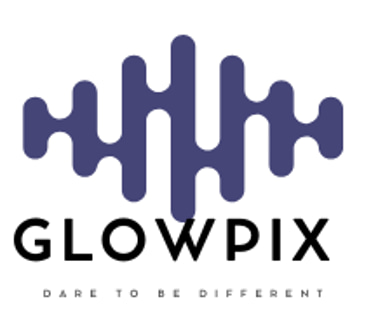Harnessing Design Thinking: A Visual Approach to Problem Solving
Learn how the design thinking approach can lead to smarter business solutions and better user outcomes.
6/9/20252 min read


Introduction to Design Thinking
Design thinking is a methodology that fosters innovative solutions to complex problems through a visual framework. It emphasizes user-centered approaches and encourages collaborative efforts to explore ideas. By integrating design practices into the problem-solving process, teams can effectively address user needs and enhance overall experiences.
The Phases of Design Thinking
The design thinking process typically consists of five key phases: empathize, define, ideate, prototype, and test. Each phase plays a crucial role in guiding teams through a structured approach to discovery and innovation.
The first phase, empathize, focuses on understanding the users and their specific needs. This is achieved through interviews, observations, and immersion in their environment. By gathering insights, designers can define the core challenges accurately.
Following this, the define phase allows teams to synthesize the information collected during the empathize stage. This helps in pinpointing the precise problem statements that need to be tackled, setting the stage for creative ideation.
In the ideate phase, brainstorming sessions are held to generate a plethora of ideas that could address the defined problems. This stage encourages thinking outside conventional boundaries and promotes diverse input. From this multitude of ideas, the best concepts are selected to move into the prototype phase.
The prototype phase involves creating tangible representations of ideas. These prototypes can range from simple sketches to more sophisticated models, providing a visual medium to explore concepts and get feedback from users. Prototyping is a vital step as it allows for quick adjustments based on user interaction and insights.
Lastly, the test phase involves evaluating the prototypes with real users. This feedback loop is essential to understanding the efficacy of the proposed solutions, leading to refinements and improvements before the final implementation.
Benefits of Solving Problems Visually
Adopting a design thinking approach equipped with visual tools offers numerous benefits. First and foremost, it enhances communication and collaboration among team members, fostering a shared understanding of the challenges faced.
Moreover, visual aids stimulate creativity, encouraging teams to better articulate their thoughts and ideas. These visual representations make complex information more digestible, resulting in clearer insights and collaborative initiatives.
Incorporating design thinking not only benefits product development but also transforms organizational culture. It cultivates a mindset focused on innovation and responsiveness to user feedback, culminating in improved services and products.
In conclusion, design thinking is an invaluable approach for solving problems visually. By embracing this process, teams can leverage creativity, enhance collaboration, and ultimately deliver solutions that meet users' needs effectively.
Design
Crafting bold visuals that drive impactful results.
CONTACT
TOUCH
contact@glowpix.site
+1(478)-968 4454
© 2025. All rights reserved.
145 Holy Cross Rd Loretto, KY 40037, USA
